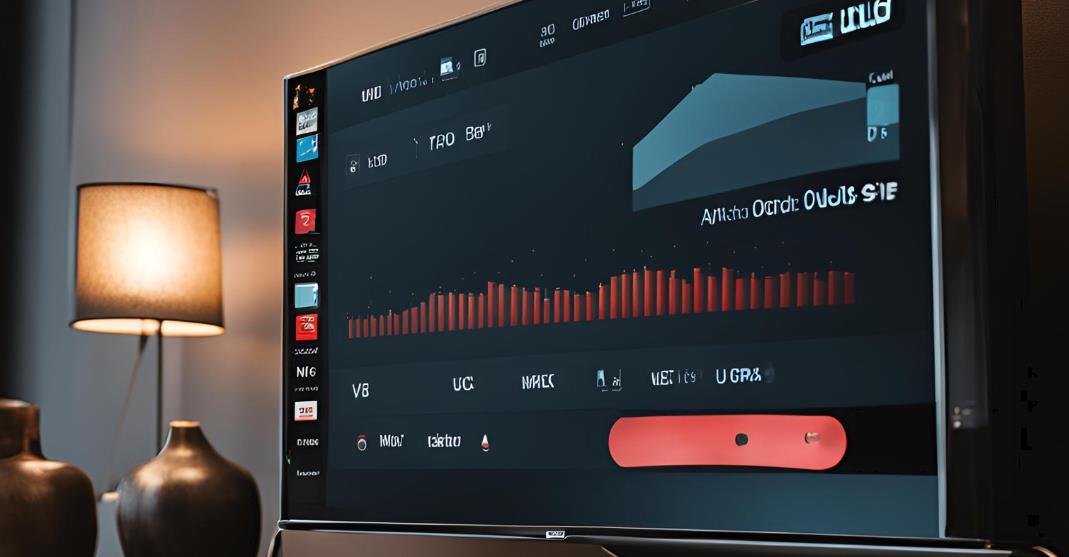What is AIO-TLP?
AIO-TLPAll-In-One Threat Level Protocol is a Framework For Data Breaches and Cyber Threats Usage. This ensures security incidences are effectively reported and managed, safeguarding sensitive data from unauthorized viewing. However, the damage of vulnerabilities to these protocols goes far beyond when the protocol itself is compromised.
AIO-TLP aims to facilitate organizations responses to cyber threats, facilitating communication and coordination during an incident. Threat levels are broken into threat levels, each with specific containment, mitigation, and communication protocols. This framework is necessary to ensure a coordinated and efficient defense covering a broader range of sectors for every organization.
Thejavasea.me: One Of The Largest Attacks On Cybersecurity

Thejavasea.me, a known cybersecurity platform that was recently hacked on a big scale. This encompasses a wide array of sensitive AIO-TLP information that, if discovered without authorization, can disclose an existing security scheme and tactic. These breaches risk the security of impacted systems soon and create trust issues with existing cybersecurity frameworks.
The breach at The Javasea has far-reaching implications. The AIO-TLP framework and other information about how to organize threats and what could be general steps of response and communication in a cyber incident can be used to create high-end cyber-attacks capable of bypassing the same defenses AIO-TLP aims to reinforce. In the wrong hands, this information can be used to create cyber-attacks capable of bypassing the same defenses AIO-TLP aims to reinforce.
Key Features of AIO-TLP
The implications from this leak need some context, so let us go over the features of AIO-TLP:
Classification Levels
These are classified accordingly to ensure the right data is available and only those affected by a given threat should see pertinent information: AIO-TLP. Threat levels range from low-level threats, which are ‘concessionary’ and require only minor intervention, to high-level threats, where prompt and full remediation is required.
Encryption & Security
The protocol’s solid encryption features protect private and confidential information from unauthorized access. It involves implementing communication and data storage using end-to-end encryption, ensuring that only authorized people can access vital information.
Incident Response Framework
AIO-TLP has a predefined set of steps and activities to deal with threats at different levels. Incident response results in timely and efficient actions. This frame of roles, responsibilities for every team member, escalation process, and the resources needed when an incident occurs.
Collaboration and Communication
Collaboration and Communication involve sharing information as threats occur, responding, and working collaboratively with various organizations and sectors to eliminate the threat before it becomes problematic.
Benefits of Using AIO-TLP
The compromise of the AIO-TLP framework is particularly bothersome as it offers many benefits.
Security
AIO-TLP identifies and encrypts sensitive data, ensuring security is not compromised as the information can be located easily. This creates a dynamic approach to security that can significantly reduce exposure times, leading to more control over who has access and when.
Efficient Incident Management

With deployed response strategies, respond immediately to incidents efficiently. This is called low downtime and the less damage of a cyber-attack
Enhanced Collaboration
Providing secure communication channels allows organizations to collaborate, thus improving collective cybersecurity. By working together, all concerned can move forward to address threats.
Risk Mitigation
AIO-TLP assists in protecting business risk by categorizing threats and consequently defining appropriate measures. It helps organizations anticipate possible cyber threats and react to their effects before they happen.
The Impact of the Leak
The leaked AIO-TLP data from thejavasea has several significant consequences:
Exposure of Sensitive Data
Crucial details about the last line of defense against cyber attacks have been posted, which could help threat actors avoid security controls. This can place organizations at a higher risk of sophisticated and targeted cyber-attacks.
Increased Vulnerabilities
When hackers know what devices are in cloud servers, they could use that information to build more sophisticated attacks. Defenders in organizations using the AIO-TLP framework may also have a weakened defense and should act accordingly to reassess and strengthen their security posture.
Erosion of Trust
When such incidents occur, it degrades professionalism in the cybersecurity milieu and leverages consciousness among organizations willing to implement or believe in those protocols. This breakdown in trust can negatively impact the adoption and growth of universal cybersecurity practices for years to come.
Financial and Reputational Damage
Businesses may sustain financial losses, and their business operations would be affected because of the wrong reputational value, which in turn will hit stakeholder confidence. The attack is costly to remediate and can become even more expensive when long-term consequences such as legal harm are added.
Steps to Mitigate the Impact
In response to thejavasea, to guard against a similar data leak in the future, organizations and cybersecurity professionals should consider these:
Immediate Incident Response
Engage your incident response teams to assess and reduce the leak’s impact. This includes determining how far an attack has gone, implementing control measures, and starting the recovery process.
Improved Security Protocols

Reevaluate and fortify your security measures to prevent future breaches. These include upgrading encryption standards, better access management, and more intelligent monitoring capabilities.
Regular Monitoring
Continuous monitoring of systems is employed to identify security movements as soon as possible. Advanced threat detection solutions and real-time analytics can assist in quickly identifying new threats, allowing early response measures.
Stakeholder Communication
Be honest and transparent in communicating the breach to stakeholders throughout its finality and ensure that steps are taken for mitigation. This includes notifying clients, partners, and relevant regulatory agencies about the breach incident and continually updating them about steps taken to contain it.
Review and Update Protocols
Review AIO-TLP protocols and refine any vulnerabilities the leak exposed. This will entail revisiting threat taxonomy, updating response playbooks, and orchestrating collaboration.
The AIO-TLP leak on thejavasea.me is a chilling reminder of the omnipresent dangers in cyberspace. Realizing and getting ahead of the ripple effect is how to face this challenge head-on. For that response, we have these insights into what organizations can do now to absorb some shocks—as detailed above. This will help us tread safely in the malware-ridden waters, and continuous vigilance coupled with stringent security practices shall always remain our best antidote against all cunning cyber threats that come our way.
This illustrates the need for robust, flexible cybersecurity frameworks to face unknown threats. Collaborative cybersecurity community efforts and robust response strategies will be essential to mitigate the fallout of this leak and prevent future events.
FAQs on Thejavasea.me Leaks
What is AIO-TLP?
AIO-TLP (All-In-One Threat Level Protocol) is a system of cataloging and handling cybersecurity threats and data breaches that damage confidentiality when exposed to sensitive information. It standardizes responding to cyber threats, reducing organizational friction during an incident.
What happened on thejavasea. Me?
Thejavasea.me has victim of Global Data Breach. Unauthorized released Sensitive AIO-TLP information (Potential Risk to Cyber security) This leak exposed emergency details on threat classifications, reaction methods, and communication routines.
How can organizations mitigate the impact of the leak?
Businesses must leverage their incident response teams, beef up security procedures, institute continuous monitoring processes, and communicate openly with stakeholders while updating AIO-TLP guidance. These measures will limit environmental harm, enhance security, and protect systems affected by incidents.



